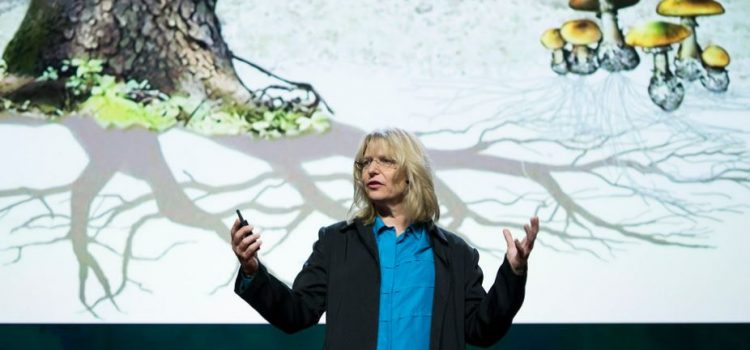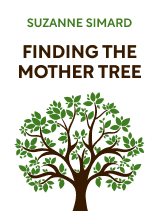

This article is an excerpt from the Shortform book guide to "Finding the Mother Tree" by Suzanne Simard. Shortform has the world's best summaries and analyses of books you should be reading.
Like this article? Sign up for a free trial here.
How did Dr. Suzanne Simard overcome gender discrimination in her career? How did her gender slow down her research?
Dr. Suzanne Simard (author of Finding the Mother Tree), who grew up in a logging family in British Columbia and earned a Ph.D. in forest sciences in 1997, is a pioneer in the research of the cooperative relationships among plant life. But many of her coworkers and colleagues opposed her research because she’s a woman.
Learn how Dr. Suzanne Simard proved her coworkers wrong.
Reaction to Dr. Suzanne Simard’s Work
Although Dr. Suzanne Simard is now considered a leading expert in forest ecology and has received widespread acclaim for her work, she fought a long battle to get there. Her earlier research wasn’t positively received and was often outright rejected. So how did she go from being maligned and rejected to a respected world expert?
She began her work as a 20-year-old working for a logging company in 1980. She was tasked with finding out why many of the seedling trees the company had planted were not thriving. The company followed the typical industry practice of clear-cutting large areas of the forest, removing all brush, and then planting seedling trees of a single variety in rows. The prevailing theory was that removing natural “competitors” would allow the cultivated trees to grow more successfully.
After comparing the withering tree plantations with the neighboring wild areas that were thriving, Simard had a hunch that the problem was that the seedlings were planted in ways they wouldn’t naturally grow—trees in a forest don’t grow in a monoculture (a single species growing alone). This prompted Simard’s initial thought that the forests might be more cooperative than competitive.
However, when she proposed these ideas to her coworkers and supervisors, she faced stiff resistance and opposition. She continued to pursue these questions after moving on to the Forest Service and later academia, but she was routinely ignored (or ridiculed and mocked) for her ideas. Her research articles were rejected by scientific journals, and attendees walked out on her conference presentations. As Simard explains, this reaction was undoubtedly heightened by the fact that she was a young woman working in a male-dominated field. She would have to fight to be heard throughout her career, but she persisted in the face of constant opposition.
Over time, as Simard attained increasingly important research positions, and eventually a professorship at the University of British Columbia, her work became harder for the scientific community to ignore and refute. When she started training a generation of graduate students, and her continued experimentation produced consistent results, her work began receiving popular attention. Today, almost any internet search about forest ecology or trees will lead to Simard’s work.
Gender and Competition
Criticism of Dr. Suzanne Simard’s work mirrors other examples of women being overlooked, rejected, and ridiculed in the sciences. In fact, this specifically happened to other female scientists who have proposed cooperative rather than competitive models of biological processes—such as the biologist Lynn Margulis, who proposed that microbes form symbiotic relationships with their hosts.
This might be due to the way men and women are oriented differently to the concepts of competition and cooperation. Studies have shown that men tend to view competitiveness more favorably than women, and they are more eager to be involved in competition. It’s not clear whether this is a product of evolutionary psychology or of social conditioning, but it could contribute to why research in historically male-dominated fields tends to lean toward competitive explanations to explain dynamics in nature.

———End of Preview———
Like what you just read? Read the rest of the world's best book summary and analysis of Suzanne Simard's "Finding the Mother Tree" at Shortform.
Here's what you'll find in our full Finding the Mother Tree summary:
- A look at Suzanne Simard's research on the relationships among trees
- What a Mother Tree is, and how it takes care of its community
- How trees communicate in an interconnected, underground network






